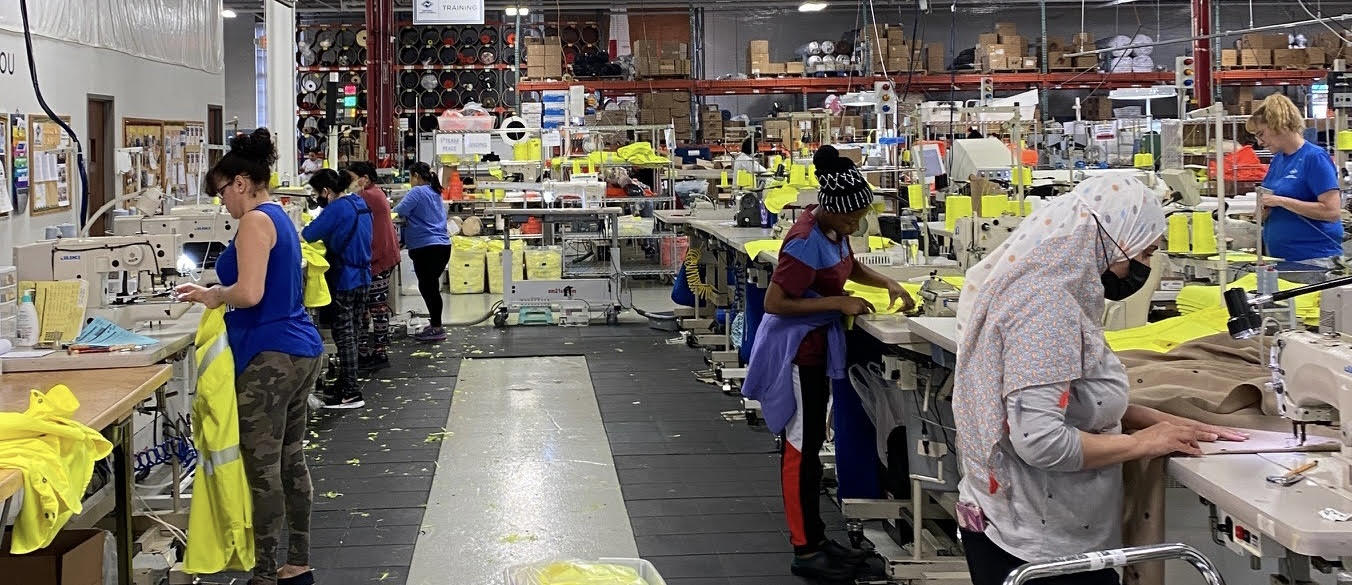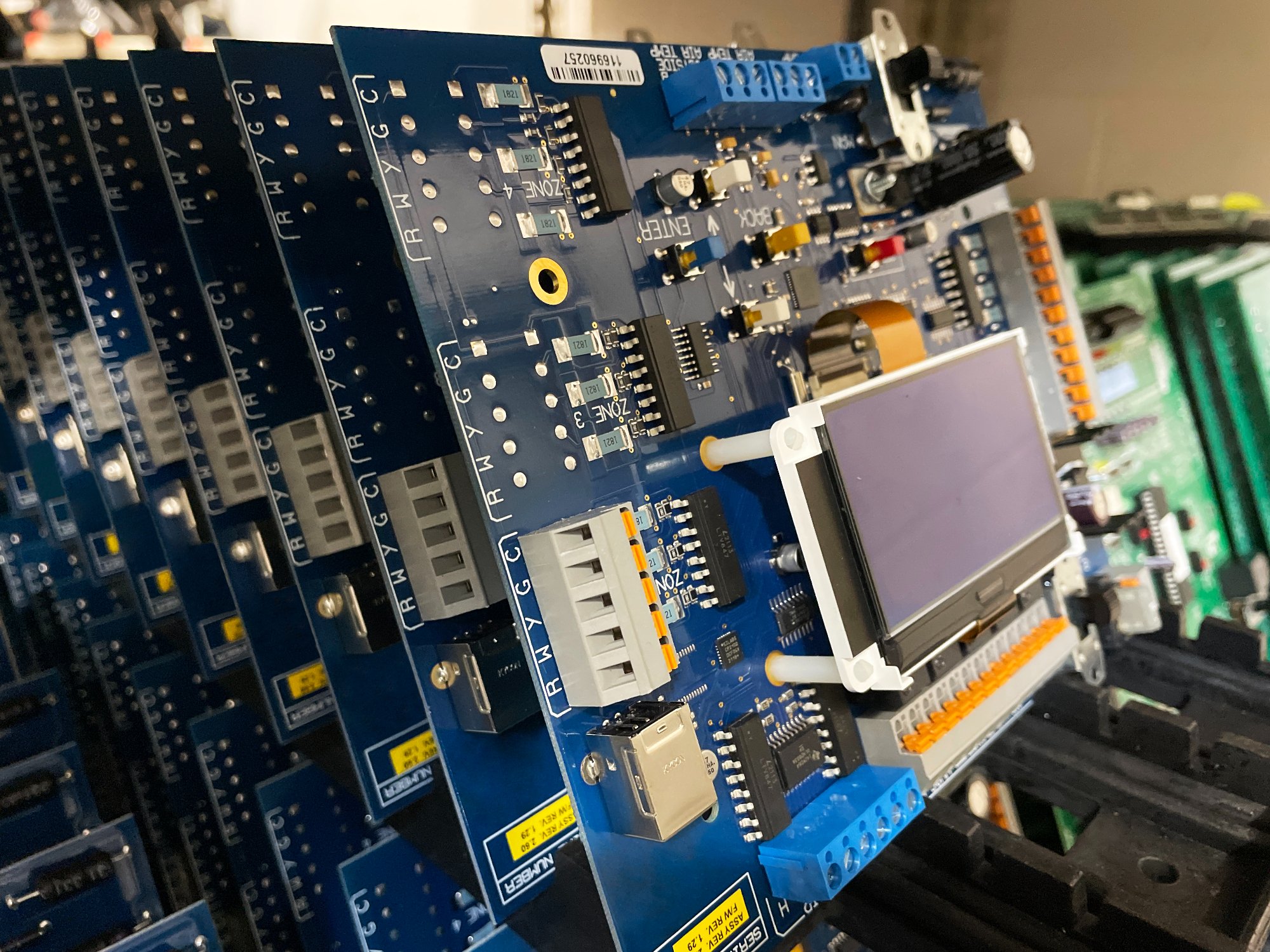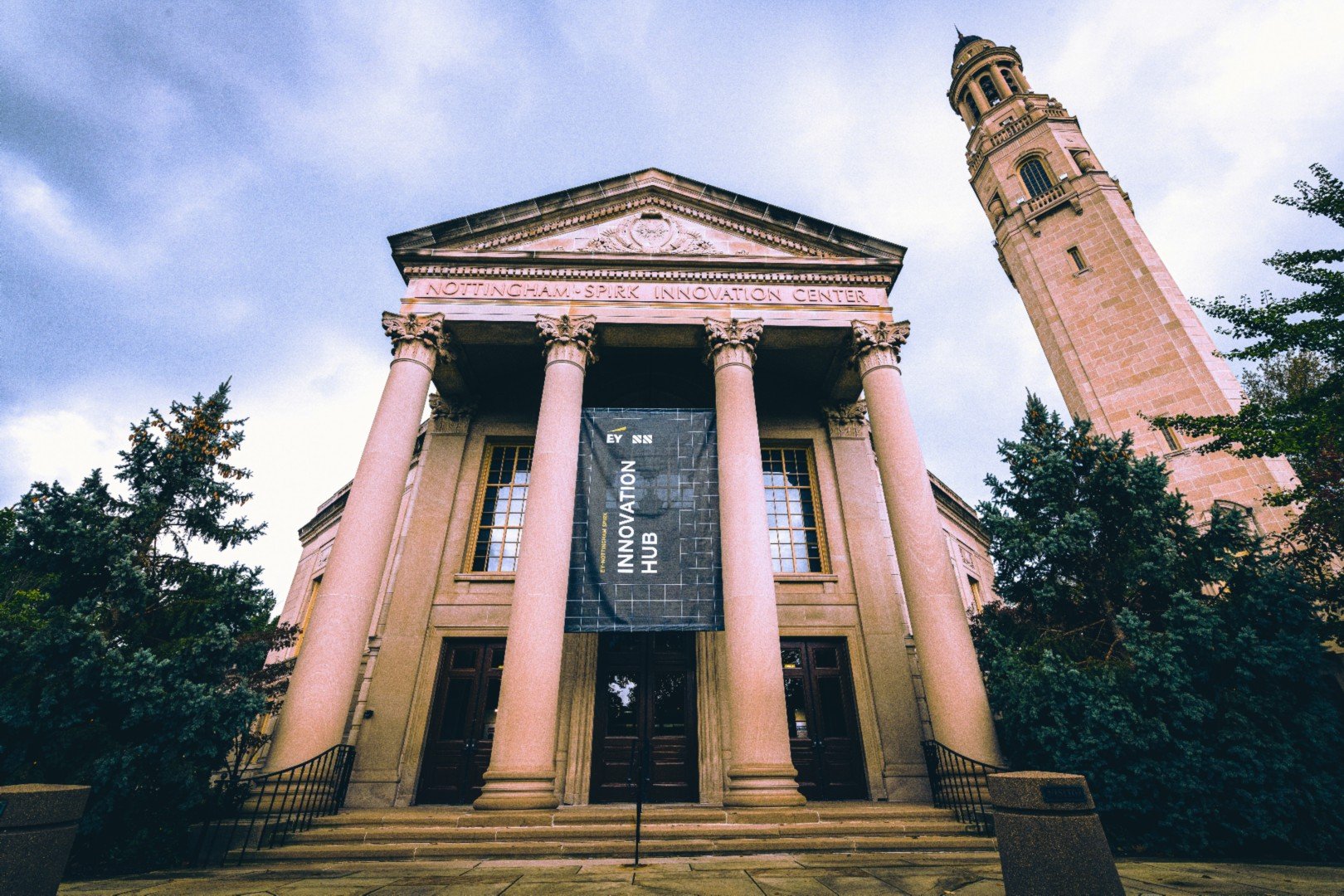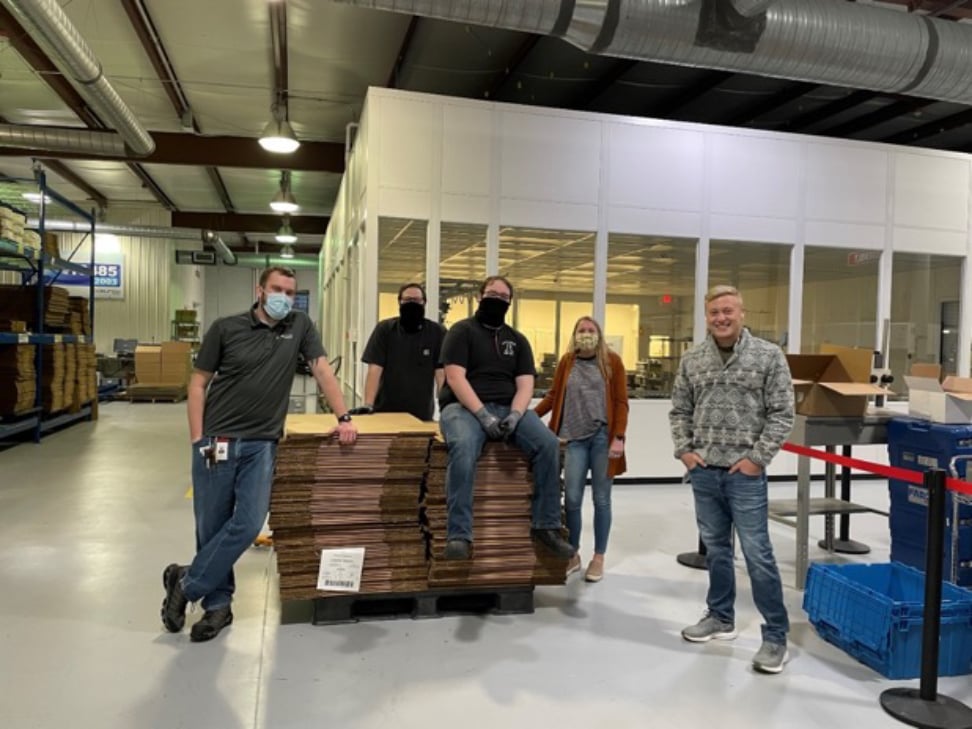In six short years, Vedang Kothari went from intern to CEO. His meteoric rise was powered by three things: a groundbreaking invention to help cancer patients, a CEO who believed in him, and a company that’s excellent at incubating innovation. That company is Lumitex – a lighting manufacturer in Strongsville, Ohio.
“We try to improve life by innovating with light. Innovation is in our bones – everything we’ve ever done has been unique and very often a first in the industry. How do you wrap a baby with light to treat jaundice without heating the baby? We did that. How do you backlight a laptop keyboard at a quarter of a millimeter thick? We did that. We light deep inside surgical cavities so that surgeons can see what they’re doing. Lately, we’ve been working at the cutting edge of photobiomodulation, which involves accelerating the body’s self-protective mechanisms with light to treat conditions in the body,” says Peter Broer, who has been CEO of Lumitex for 30 years.
And that’s where Kothari comes in. He first met Broer when he was completing his master’s in engineering and management at Case Western Reserve University, after having done his undergraduate in biomedical engineering at Case as well.
“Here comes this California kid at Case Western Reserve looking for an internship. So, we say, ‘Vedang, how else can light help treat medical conditions?’ He goes off and does this study. He comes up with 25 different applications, ranks them all on eight different ratings, and presents them to the board. And one of the board members was so excited about this, he practically jumped on the table,” recalls Broer.
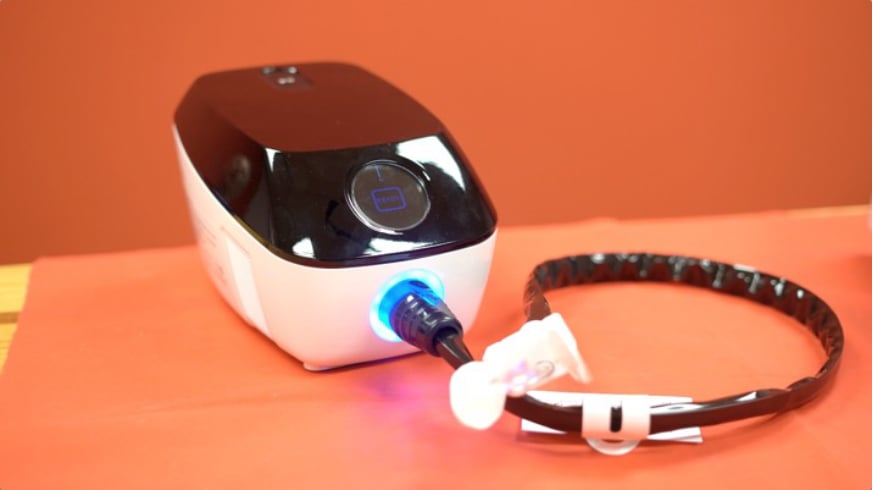
MuReva Phototherapy’s invention to treat oral mucositis.
What had the Lumitex board so excited was Kothari’s idea to use light to prevent and treat a terrible side effect of cancer therapy called oral mucositis.
“Whether you go through chemotherapy or radiation therapy, you can develop this as a side effect. It’s characterized by an ulceration and inflammation of the soft tissues within the oral cavity, and in certain patient populations like head and neck cancer patients, virtually all of them will get this condition. As it becomes severe, it can lead to terrible pain and prevent a patient from being able to eat or speak. This is an absolutely debilitating problem for which there is no adequate solution on the market today,” says Kothari.
Seeing a big opportunity, Lumitex hired Kothari to develop the idea. The company prides itself on having an extremely innovative culture. It actively fosters intrapreneurship – where an established company rewards, nurtures, and incubates entrepreneurial thinking, innovation, and risk-taking.
“I always like to joke that being an intrapreneur is like being an entrepreneur with training wheels. It was like having my own startup, but I had Lumitex’s whole staff of engineers to support me in any area I needed. And I knew that no matter what happened, we had a great senior staff and team that wouldn’t let me fail. That really gave me the confidence I needed to be successful,” says Kothari.
The company was awarded two Small Business Innovation Research grants from the National Institutes of Health to fund research and develop a prototype. The team created a silicone-based light emitter and mouthpiece that can treat the entire mouth in just five minutes a day – stopping oral mucositis before it ever starts. That’s when Broer faced the all-important question of when to spin off the new company.
“My CTO came to me and said, ‘Peter, now is the time. If we don’t spin this off, we’re going to lose Vedang.’ That’s when I realized I had to get off my duff, go out, and raise money. Vedang has managed to raise over $4 million. He is in clinical trials at six different hospitals and has the FDA absolutely engaged. And he has the attention of some very significant players in the industry. That is a very fast trajectory, which he’s done literally in a year and a half,” says Broer.
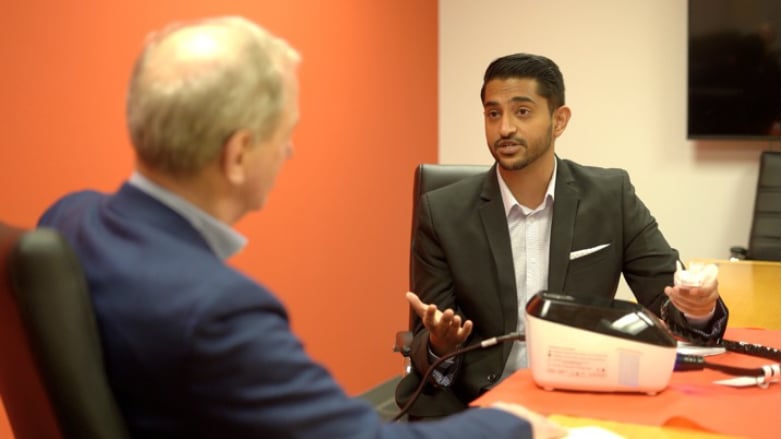
Peter Broer and Vedang Kothari.
Kothari is now President & CEO of the new spinoff, MuReva Phototherapy. Broer calls it a medical moonshot and believes it will be Lumitex’s most successful spinoff yet. He’s already developed and spun off two other product lines – one a successful public company – by using the intrapreneurship approach. These spinoffs fueled Lumitex’s growth from electronics to automotive to medical – unlocking new customers, new markets, and new profits.
Unfortunately, not enough manufacturing companies are investing in this kind of innovation. In the Ohio MEP 2020 Manufacturing Survey, only 24% of companies said innovation was a priority. Broer believes more companies should embrace it to fuel growth and attract new talent.
“Developing these ideas and then seeing them grow is very, very satisfying. People see the innovation happening and they want to be a part of it. And that draws talent. Young people want to see innovation happening. They’re very drawn to the mission of finding new applications and new ways to improve life, and they want to be part of it,” says Broer.
Kothari agrees, saying if it weren’t for the MuReva opportunity, he likely would have left Northeast Ohio after graduation and returned to California, a choice he’s grateful he didn’t have to make.
“Quite honestly, in other entrepreneurial regions like Silicon Valley, people are cutthroat. People are all competing with each other, trying to bring other people down. My favorite thing about this region is that everyone is working together to bring everyone up. I feel comfortable calling anybody from any institution. If I have a problem, there are many different CEOs I can call. It’s just a very collaborative space here. We’ve worked with a lot of different organizations – Team Neo, BioEnterprise, MAGNET, JumpStart,” says Kothari.
The same innovation ecosystem that helped MuReva get off the ground did the same for Lumitex 30 years back.
“I’ll tell you, Lumitex would not exist without it. Very sincerely. Because in the very early stages, we relied on the innovation ecosystem for critical resources. And as we grew, we found we may have a core of knowledge and skill, but there are certain skills and expertise that you simply can’t afford to have resident. So, at every step along the way, we’ve found ways to engage the network, to expand our force capabilities. One of us alone cannot do it. It takes the whole network,” says Broer.
With even greater collaboration and a larger network of support and funding for entrepreneurs, Kothari believes the region can become a go-to destination for manufacturing startups and talent.
“If I was speaking to the region, I’d say two things. One, is that we need to stimulate innovation here in Northeast Ohio. We can do that by working with a lot of the great academic institutions that we have here, doing projects with students, hiring students, taking a risk on them. And then secondly, by attracting talent here, bringing people from outside the region and making them want to come to Northeast Ohio. I think you can do that mainly by bringing more sources of funding. There’s a lot of great places to get seed funding up to $100,000, but once you pass that amount or you need a million dollars, that’s where it becomes a lot more difficult to find that funding here. I think if we can do those two things well, we can become the next Silicon Valley for manufacturing, especially in the medical device space,” says Kothari.
And that’s something MuReva is hoping to lead. By the end of 2022, the company expects to finish clinical studies and apply for FDA approval. The hope is to be helping cancer patients across the country by 2023. And Broer says the MuReva story could be replicated across the region.
“I think there’s a deep mine of potential in midsize companies throughout Northeast Ohio, many of which have ideas that they could incubate, develop, and potentially spin off. And that attracts talent. You want to keep the people who have the intelligence, determination, and problem-solving skills to build something. That’s what makes the economic future in Northeast Ohio. Because 10 years from now, we’re not going to be doing the things we’re doing today. We have to keep reinventing ourselves. If we don’t move forward, our future is at stake, our children’s future is at stake,” says Broer.
Broer certainly plans to keep innovating the future. Lumitex is currently commercializing three new inventions and already planning its next spinoff.

